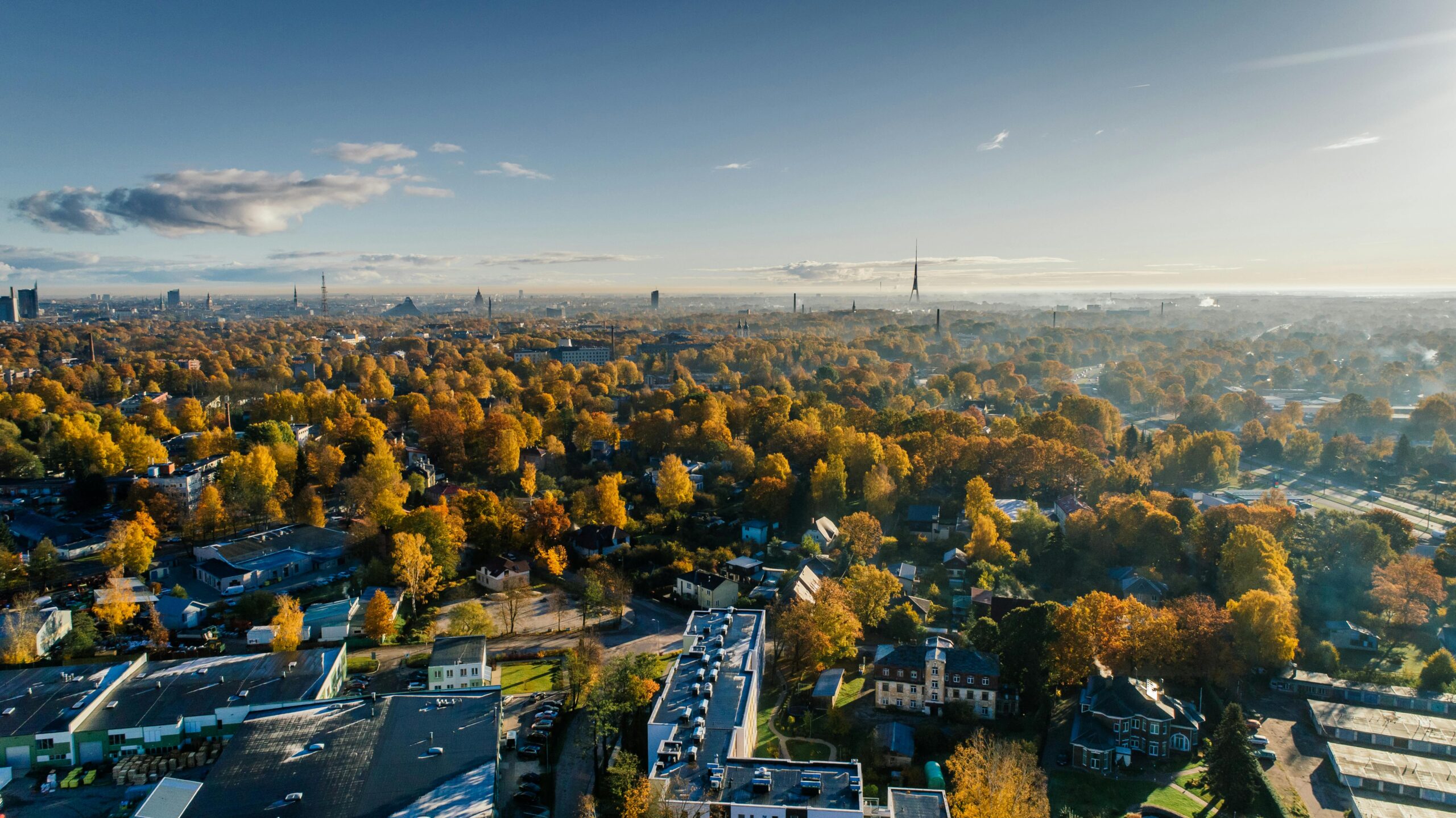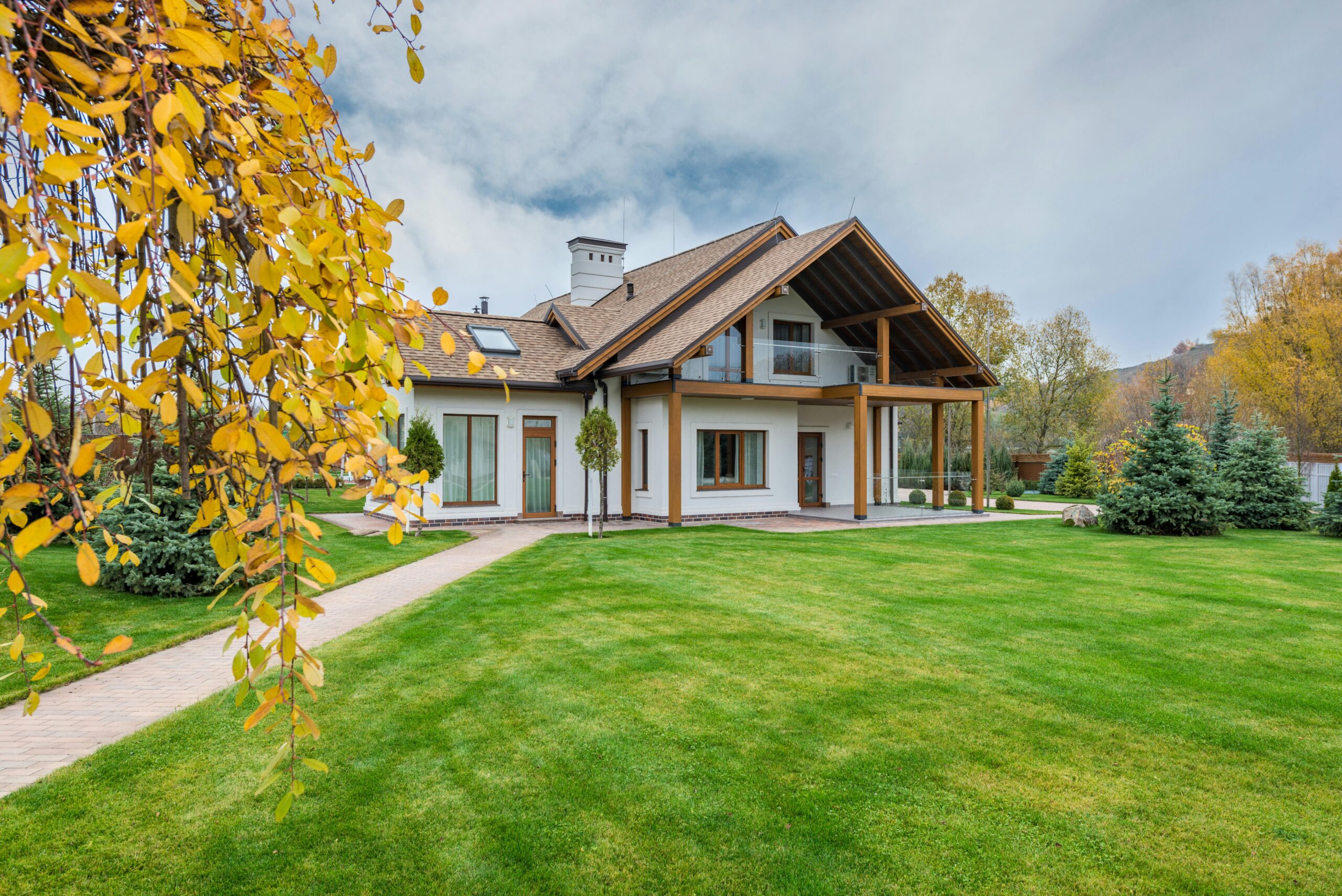
In recent years, the United States has witnessed a significant shift in housing preferences. Suburban areas, once considered second-choice alternatives to urban centers, have become increasingly desirable. From young families to remote workers to retirees, more Americans are trading city skylines for cul-de-sacs and spacious backyards.
But what’s behind this sustained demand for suburban homes? The answer lies in a mix of economic shifts, lifestyle preferences, and changing societal norms. In this article, we’ll explore the key drivers behind the growing suburban housing demand — and what it means for the future of American real estate.
1. Remote Work and Flexibility
One of the most transformative catalysts has been the rise of remote and hybrid work models. Accelerated by the COVID-19 pandemic, millions of Americans discovered they could work just as effectively — if not more so — from home. With the daily commute no longer a necessity, homebuyers gained the freedom to choose where they want to live based on quality of life rather than proximity to the office.
This shift unlocked massive demand for suburban living, where buyers could find larger homes, lower costs per square foot, and more outdoor space. Even as some companies return to in-office work part-time, hybrid schedules allow for commutes just a few days a week, making suburban and even exurban areas more attractive.
2. Affordability Compared to Urban Markets
Affordability remains a key motivator for suburban migration. While home prices have increased nationwide, suburban areas often offer more bang for your buck compared to urban cores. For the same price as a one-bedroom apartment in a major city, buyers can often secure a multi-bedroom home with a yard in a nearby suburb.
This cost differential becomes especially appealing to:
-
First-time homebuyers priced out of city markets.
-
Families seeking more space on a modest budget.
-
Investors looking for rental properties with better ROI.
Even as suburban prices rise with demand, they still often represent better long-term value — particularly in secondary markets or developing suburbs.
3. Desire for More Space
The pandemic fundamentally changed how people view their homes. Residences evolved from just a place to sleep into multifunctional spaces — offices, schools, gyms, and entertainment hubs. This led many to realize that urban apartments and condos lacked the space and flexibility they now required.
Suburban homes typically offer:
-
Larger floor plans
-
Dedicated rooms for remote work or learning
-
Outdoor space for leisure or pets
-
Garages and storage for hobbies and gear
This newfound appreciation for space and versatility is likely to remain a long-term trend, continuing to fuel suburban interest.
4. Family-Friendly Lifestyle
For generations, suburban living has been closely associated with raising a family — and that narrative still holds strong today. Suburbs tend to provide:
-
Access to high-performing public schools
-
Safe neighborhoods
-
Community parks and recreational activities
-
Family-focused amenities
Millennials, now in their 30s and early 40s, are entering prime home-buying and child-rearing years, driving a generational wave into suburban markets. Meanwhile, Gen Z — just entering adulthood — is also showing early interest in the stability and community that suburbs provide.
5. Improved Suburban Infrastructure and Amenities
Today’s suburbs aren’t the sleepy bedroom communities of the past. In response to growing demand, many suburban regions have invested heavily in:
-
Retail, dining, and entertainment options
-
Walkable town centers and mixed-use developments
-
Transit connectivity to urban cores
-
Healthcare and wellness facilities
These improvements have made suburban living more self-contained and convenient, reducing the need for residents to travel into cities for work, services, or leisure. As a result, many former “commuter towns” are evolving into desirable destinations in their own right.
6. Lower Density and Perceived Safety
Especially during the early stages of the COVID-19 pandemic, many Americans were drawn to the lower population density of the suburbs. With more space between homes and fewer crowded public spaces, suburbs offered a sense of safety and control that dense urban centers could not.
Although the pandemic has eased, the perception of health and safety tied to low-density living still influences many buyers — particularly older adults and families with children.
7. Housing Supply Trends and Builder Focus
Developers and builders have also played a role in fueling suburban growth. With rising land costs and restrictive zoning in urban areas, homebuilders have increasingly turned to suburban and exurban locations for new construction projects.
New suburban developments often include:
-
Modern, energy-efficient homes
-
Planned communities with amenities
-
Flexible floorplans designed for today’s lifestyles
As a result, buyers are finding more move-in-ready options in the suburbs than in many city centers where older housing stock may require renovation.
8. Migration Trends and Lifestyle Shifts
Broader population shifts are also at play. According to Census data and moving company reports, there’s a clear migration away from dense coastal cities toward lower-cost, suburban areas in the South, Midwest, and Mountain West. Key destinations include:
-
Suburbs of Dallas, Austin, and Houston
-
Areas around Charlotte and Raleigh
-
Phoenix, Tampa, and Nashville suburbs
These regions offer warmer climates, growing job markets, and lower taxes — all major selling points for Americans seeking a higher quality of life outside expensive metro areas.
9. Technology Making Suburban Life Easier
Technology has made suburban living more accessible and convenient. Services like telemedicine, grocery delivery, remote education, and online retail reduce the need for close proximity to city centers.
Homebuyers no longer have to sacrifice convenience for space. In fact, many now prefer the peace and privacy of suburban life enhanced by smart tech, high-speed internet, and app-based services.
10. Investment Potential and Long-Term Value
For investors and homeowners alike, the suburbs offer a promising long-term value proposition. As demand remains strong and inventory tight, suburban properties have shown steady appreciation, especially in fast-growing metro regions.
In addition, suburbs are more likely to:
-
Hold resale value
-
Attract long-term renters
-
Benefit from infrastructure investment
This combination of stability and growth potential makes suburban real estate an appealing asset for the future.

Conclusion: The Suburbs Are Booming — and It’s Just Getting Started
The demand for suburban homes in the U.S. isn’t just a temporary trend — it’s a reflection of deeper cultural and economic shifts. From flexible work to affordability pressures, from family needs to lifestyle preferences, Americans are redefining what “home” means, and the suburbs are delivering.
Whether you’re a buyer looking for space, an investor watching market trends, or a seller wondering what’s next, one thing is clear: suburban demand is strong and here to stay.
As this dynamic continues to evolve, the suburbs of 2025 and beyond will look and feel more vibrant, connected, and diverse than ever before.





